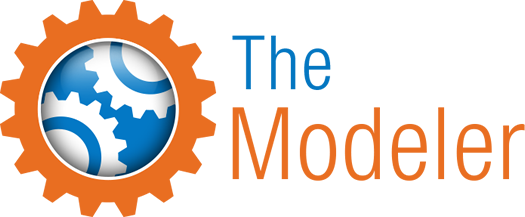Compensation Plan Types
Binary Compensation Plans
- Power-Left Left Spilling
- Power-Leg Right Spilling
- Weak-Side Spilling
- Auto-Balance Spilling
- 50 – 50 Binary
- 1/3 Binary
- 2/3 Binary
- Stair Step Binary
- Weak-Side Binary
- Strong-Side Binary
Binary Compensation plans can be easily described as two wide with infinite depth. While there are many varieties in terms of the organization of the two legs and where new distributors will be arranged throughout the genealogy a binary compensation model will always have only two legs. Binary plans were first introduced in the mid to late 1980’s by various Multi Level Marketing and Network Marketing Companies. Because it’s width is restricted to only two distributors, sometimes they’re referred to as a 2-wide or 2x Infinity Matrix, however, a Binary is, in fact, a separate model entirely. Due to the way that the Balanced Volume calculates payout, every member in the up-line is guaranteed to get some profit for a successful sale.
In any Binary, there is an outside leg, known as a Power Leg or Strong Leg and an inside leg, known as a Weak Leg. New distributors are placed beneath their recruiter and usually in the next available level of the strong leg. The weak leg is typically populated with members directly sponsored by their immediate ‘parent’ distributor. The “balanced volume” concept designates the leg making the least amount of money the “pay leg”. Members of both legs are paid a percentage of the pay leg’s growth regardless of how much growth that person is responsible for, or in which leg they’re placed. A process called “flushing” causes the difference between the strong and weak leg not to be paid.
A major benefit of a Binary model is that it only requires each member to recruit and sponsor two other people to join the opportunity. This can lead to exponential growth in a relatively short period of time. One of the reasons why Binary Models have become so popular for international organizations is that, unlike some other types, users can create multiple business centers. Additionally, If an existing member recruits more than two people, the new distributor is added to the next available level in the strong leg and, regardless of who recruited the new member, profits are shared between all ancestors in the strong leg. This is known as “Spillover” and it encourages collaboration and team effort.
Matrix Compensation Plans
- Define By Width
- Define By Depth
- Re-Entry Matrix
- Re-Cycling Matrix
- Step-Step Levels
- Grace Period
- Bonus Pools
- Spilling Management
- Total Volume Capping
- Personal Volume Capping
- Maximum PV Per Leg
Matrix Plans also known as a “Forced Matrix” or “Ladder”. A Matrix is compensation plan model used in Network Marketing that specifies a certain width and depth. Unlike some other compensation plans, a matrix will limit the number of distributors a recruiter can sponsor on their first level. Most typically, there’s a limit of 5 or less. Some common Matrix models are 2×12, 3×9, 4×7 or 5×7.
Once you have filled the spots that a distributor can sponsor, any new distributors sponsored are positioned under one of your existing frontline distributors. This process is what is commonly known as “Spillover”. While Spillover does occur in the Matrix compensation plans, it happens most frequently and more commonly associated with Binary models.
The fixed structure of Business Center distributors promotes and encourages teamwork and collaboration. When distributors with full frontline levels sponsor new people, they must place them below existing distributors. Then, in turn, they support and help those new Distributors to do the same. While helping each other to build out their own downlines, they grow the business as a whole.
Unilevel Compensation Plans
- Unlimited Pay Levels
- Step-Step Levels
- Grace Period
- Bonus Pools
- Spilling Management
- Total Volume Capping
- Personal Volume Capping
- Maximum PV Per Leg
A Unilevel plan is a compensation plan model used in Network Marketing and has unrestricted width and depth. This is a popular plan type as it allows a sponsor to work directly with the team members they introduce.
The unlimited structure of Business Center distributors promotes and encourages teamwork with people the sponsor is already familiar with. Unlike a Matrix plan where they must place their personally sponsored members below existing distributors, the sponsor will always keep them ‘personally sponsored’, unless they request someone be ‘Placed’ under someone else in their organization.
Placing a new sponsor under someone else can be beneficial as the original sponsor may be reaching their ability to give enough attention to additional team members, and of course, the downline person that receives the ‘gift’ of a new member will work extra hard to prove the trust was justified.
